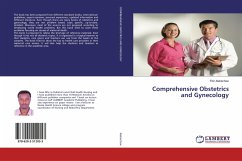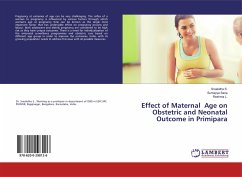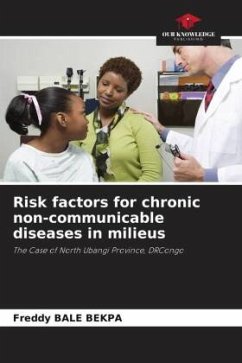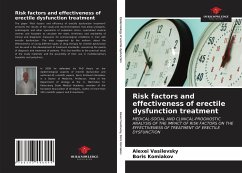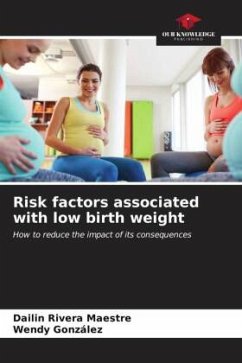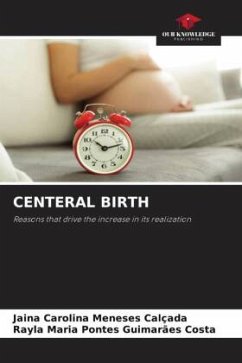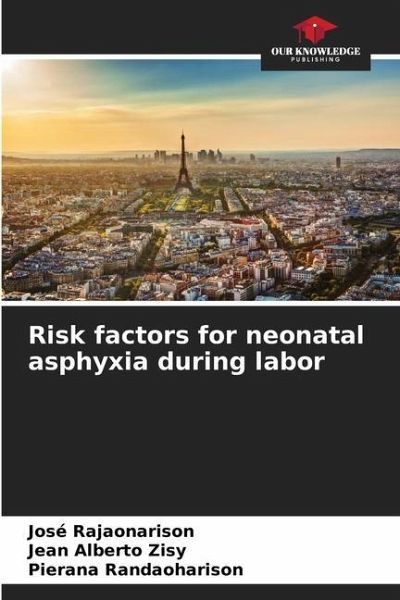
Risk factors for neonatal asphyxia during labor
Versandkostenfrei!
Versandfertig in 6-10 Tagen
24,99 €
inkl. MwSt.

PAYBACK Punkte
12 °P sammeln!
The objective of this work was to determine the risk factors of neonatal asphyxia during labor. It is a case control study conducted at the Hospital Zafisaona Gabriel Mahajanga, from January 01 to December 31, 2015. Parturients who delivered a newborn with neonatal asphyxia (cases) were compared with those whose newborn did not have neonatal asphyxia (controls). Seventy-five cases of neonatal asphyxia were collected out of 2067 deliveries, i.e. 3.62% of live births. The risk factors found were: toxic intake (p
The objective of this work was to determine the risk factors of neonatal asphyxia during labor. It is a case control study conducted at the Hospital Zafisaona Gabriel Mahajanga, from January 01 to December 31, 2015. Parturients who delivered a newborn with neonatal asphyxia (cases) were compared with those whose newborn did not have neonatal asphyxia (controls). Seventy-five cases of neonatal asphyxia were collected out of 2067 deliveries, i.e. 3.62% of live births. The risk factors found were: toxic intake (p<0.001), premature rupture of membranes (p<0.001 OR=43), meconium amniotic fluid (p<0.001 OR=35), uterine hypertonia (p<0.001 OR=12), vaginal delivery (p =0.045 OR=2), use of oxytocin (p<0.001 OR=13) and hydrocortisone (p<0.001), stagnation of cervical dilation (p=0.003 OR= 6), instrumental extraction (p=0.039 OR= 9), a circular cord (p<0.001 OR=8). The case fatality rate was 14.66%. The presence of these risk factors should oblige the practitioner to reinforce surveillance and to resort more readily to cesarean section.



